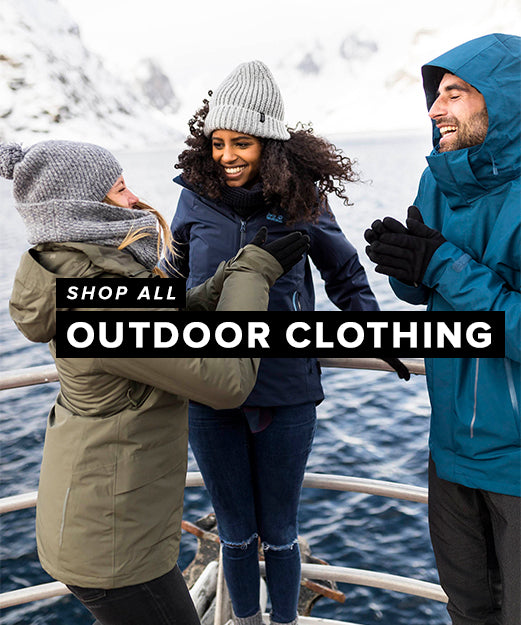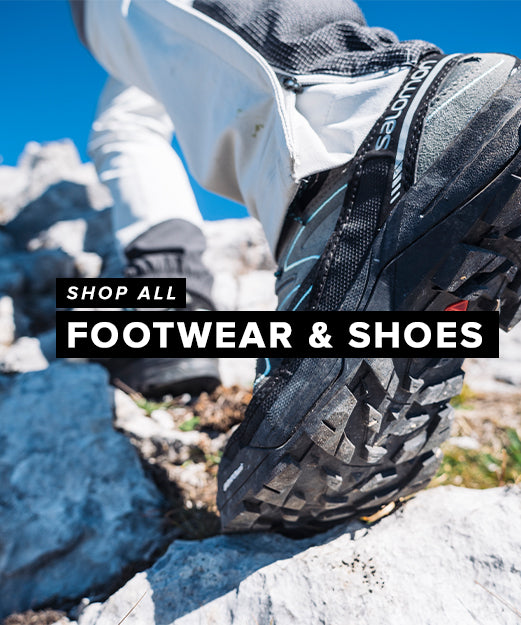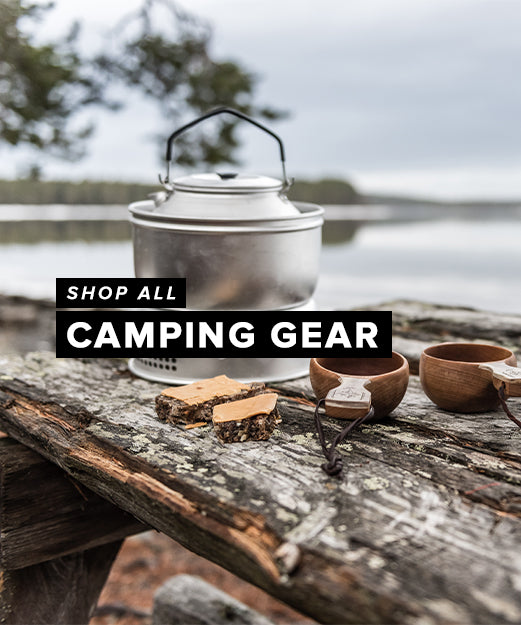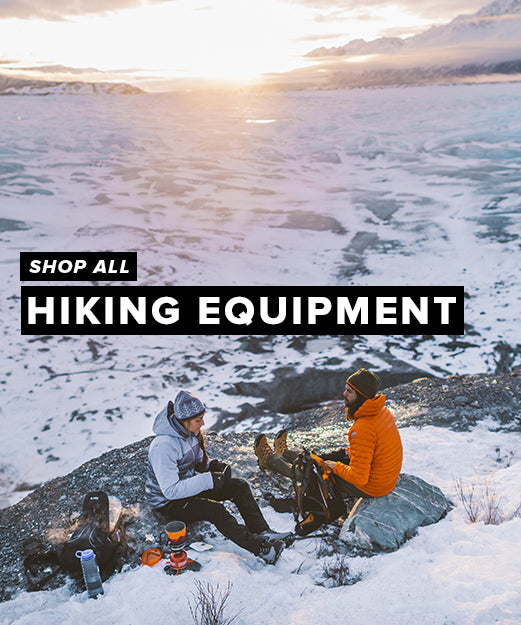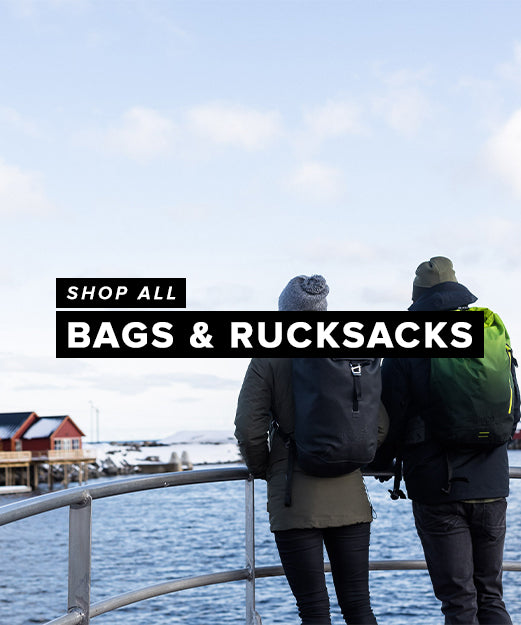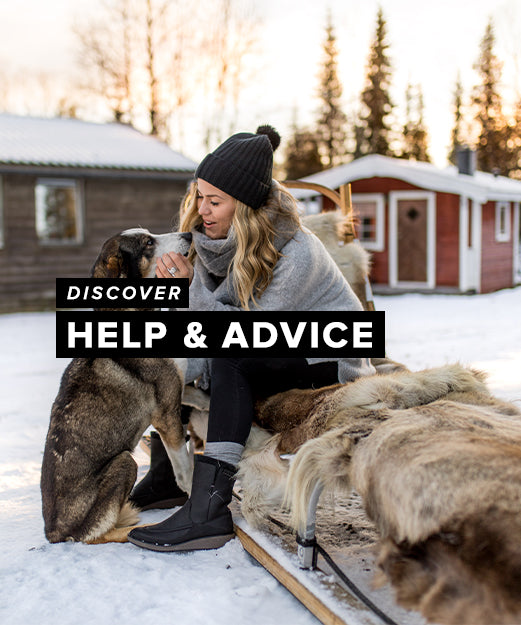Top tips for winter hill walking
The photo with this blog post was taken late last month in the Lake District. In the valley, the weather felt quite mild; a few hundred feet higher, the wind and snow made for Arctic conditions despite the bright sky. Winter hill walking should really be seen as mountaineering with the added dimensions of shorter daylight hours plus snow, ice and severe weather.
Never take the weather for granted in the hills. By their very nature, mountain weather patterns can change quickly without warning and can pose serious problems if you’re unprepared. Always check the weather forecast and never just ‘hope for the best’. Check the Met Office weather forecasts – www.metoffice.gov.uk - as well as local advice.
Don’t bite off more than you can chew. Steep ground, snow and cold conditions will sap your strength and can turn what you thought would be a good day out into an epic. On your map, before leaving, check out and mark ‘escape routes’ off your planned walk in case the going gets too tough. Tell somebody where you’re going and let them know when you’re back. Walking alone high in the hills in winter is definitely not recommended!
Your rucksack will hold more than you’d expect to take on a summer stroll so it will weigh more so take that into account as well when planning your walk.
Warm, wind and waterproof clothing is obvious to wear and it pays to carry an extra layer of warmth for when you take a break to avoid cooling down too much. Overheating and sweating is not good for comfort and safety so ventilate your body heat and take off hat and gloves when you start warming up (unless conditions are horrendous!). Time and again, people pile on the gear as they slog uphill from the car park and stop at the top, sweating as they pull the layers off to cool down. Let your body keep you warm when working hard and use your clothing to retain heat when you stop.
Map, compass and GPS are not accessories, they’re essentials. As is keeping them to hand and knowing how to use them competently. Emergency equipment should include a torch, whistle (emergency signals are six blasts on a whistle or six flashes with a torch), first aid kit and a bivi bag or emergency shelter.
Your footwear needs to offer good support and reliable traction so boots are usually preferred to low shoes. Ice axe and crampons should be considered if conditions warrant. Carrying them, though, is not much good if you don’t know how to use them. Gaiters are a really practical item to wear in snow; put them on before you head off up the trail.
Take enough food to see you and your party through the day with something to spare – you’ll burn calories faster in winter. As well as hot drinks, take plenty of water and drink regularly.
 NEW!! Free UK Delivery
NEW!! Free UK Delivery Hassle-Free Returns
Hassle-Free Returns Clearpay
Clearpay


